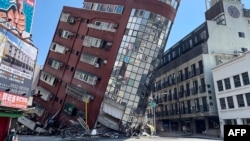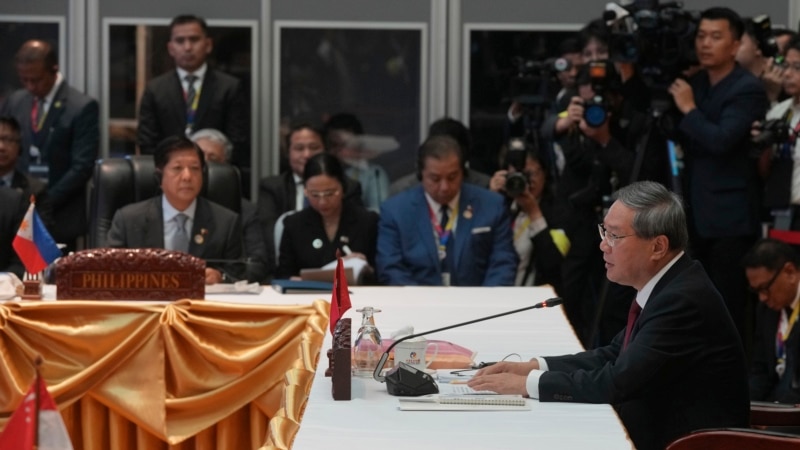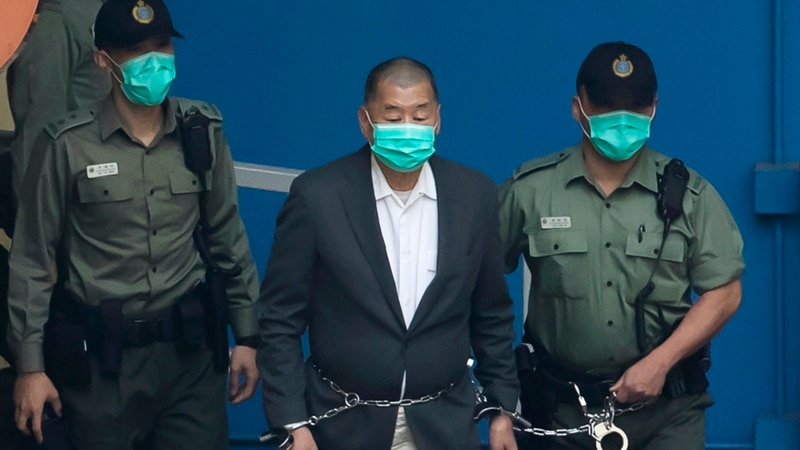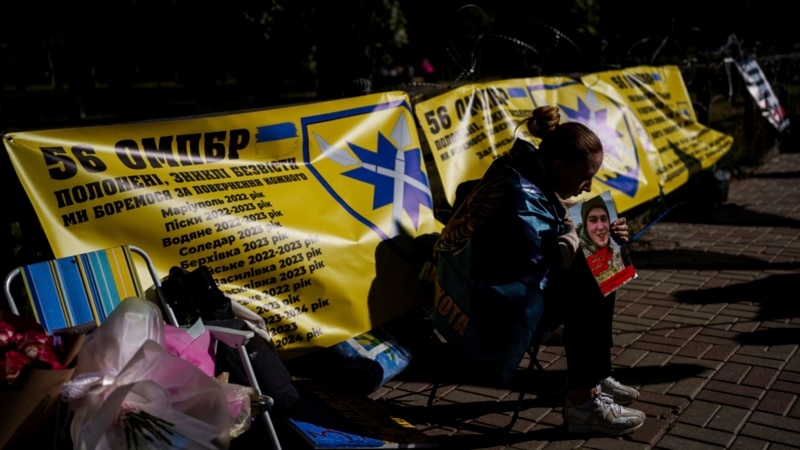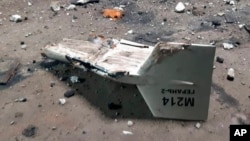A day after the biggest earthquake to hit Taiwan in 25 years left the eastern part of the island in tatters, rescue workers continued efforts Thursday to save dozens of people of who remain trapped, including 70 workers stranded inside two rock quarries.
Authorities say the magnitude 7.2 tremor claimed nine lives and injured more than 1,000 people. Taiwan’s mountainous county of Hualien suffered the most serious damages and casualties.
One of those who died there was a 33-year-old high school teacher surnamed Kang, who was found under a collapsed building. According to local media reports, Kang returned to a building that was tilting 45 degrees after the initial earthquake to rescue her cat.
When rescuers found her, she had no vital signs. Eyewitnesses told Taiwan’s SET News that the building experienced a full collapse just seconds after Kang entered the building to look for her pet.
The earthquake also destroyed several main transportation routes to Hualien. A road that leads to a tunnel between Hualien and Northern Taiwan was completely destroyed. Authorities have suspended the operation of the northbound railway, several sections of which experienced severe damage.
The quake struck a day before a four-day holiday, leaving large numbers of travelers stranded in Hualien or with no choice but to take longer routes to reach other parts of Taiwan.
The Ministry of Transportation has tried to increase the capacity of air and sea transportation and promised to resume some capacity of northbound rail travel by Thursday. However, some Hualien residents said they’d rather take the more complicated yet predictable route to their destination.
“I ran into four university students who hired a cab to first get to Taitung train station in Southeastern Taiwan and they took local trains to get to their destination,” Jeremy Hsu, a 44-year-old lawyer, told VOA by phone while waiting for his train home in Pingtung County in southern Taiwan. “Some of them need a total of six hours or more to get to where they need to be.”
Hualien has long been a popular tourist destination, and the quake forced some Taiwanese families to change their plans to get to safety. “When we arrived in Hualien in the morning, the tiles outside our hotel began to fall off,” said Andrew Kao, a 37-year-old engineer with two young children.
“In order to get to a safer place, we were forced to drive south, which was the only accessible path to leave Hualien, to find a more livable hotel,” he told VOA by phone.
While most Hualien residents are used to earthquakes, some say Wednesday’s temblor was the first time they were terrified by one. “Normally, an earthquake ends within a minute but today’s earthquake lasted two to three minutes,” said Ian Lin, a 42-year-old lawyer from Hualien.
“And compared to the 1999 Jiji earthquake, there were so many more aftershocks today, which really terrified me,” he told VOA in a phone interview.
Taiwan’s Central Weather Authority said they detected more than 150 aftershocks as of 5 p.m. local time and they warned that some aftershocks between magnitude 6.5 and 7 could happen over the next three to four days.
Despite concerns expressed by some Hualien residents, others say past experiences with earthquakes helped them respond more calmly this time around.
“After experiencing so many earthquakes over the last nine years, I realize that it’s just the power of nature and gradually, I am no longer terrified by earthquakes,” said Aga Hsu, a 39-year-old hostel owner.
While Hsu said he wasn’t particularly bothered by the infrastructure damages and the temporary shortage of daily necessities, he does hope Taiwanese authorities can learn from Wednesday’s earthquake and build transportation routes that can better withstand future natural disasters.
“Every time one of the main transportation routes is damaged by a natural disaster, I always know it’ll take much longer for the authorities to repair them,” he told VOA. “I hope the government can recognize the damages that a major earthquake can bring to people in Hualien and come up with more sustainable alternatives in the future.”
In the aftermath of the quake, sympathy and support for Taiwan has poured in from around the world. World leaders including Japanese Prime Minister Fumio Kishida, Philippine President Ferdinand Marcos Jr., and European Council President Charles Michel, all issued statements of support for Taiwan.
U.S. National Security Council spokesperson Adrienne Watson said on Wednesday that Washington stands ready to provide any necessary assistance.
www.Megalopoles.online

